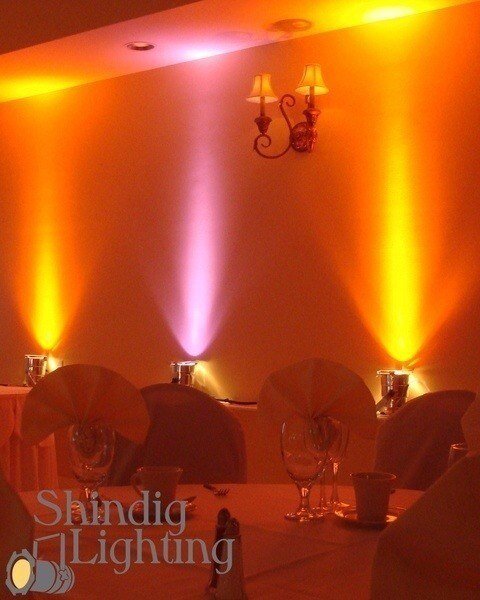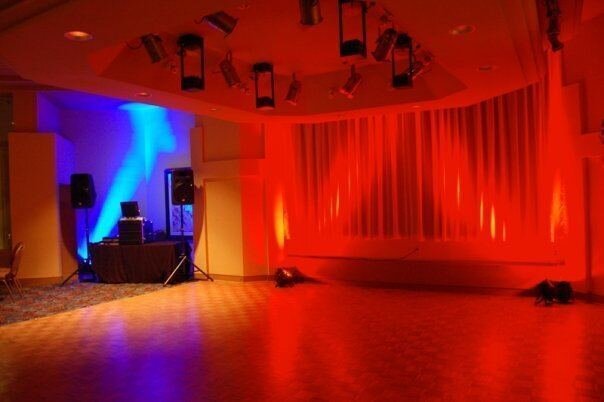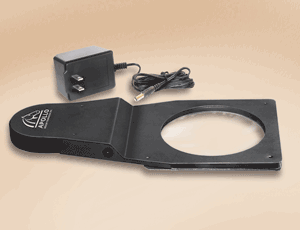preludesi88
Member
Hi,
I volunteer on the tech team at our church. Actually all of us are volunteers and while we are knowledgeable in the area of sound and video, we need some help with lights. A few years back the church had some lighting equipment installed. They never really did much with it other than dimming them. They are "clear" without any gels in them right now. What we'd like to do now is add some colored gels to create more atmosphere for our contemporary service. Basically I'm looking for some ideas of what we can do with our existing equipment, what colors might work well together, etc. We really don't have any budget to buy new stuff.
Our church building is of traditional design. We only have two Sunday services, a traditional service and contemporary service. We were not looking to do much for the traditional service other than keeping some stage lights to brighten the stage a little bit as the traditional audience is not going to be interested in colored light. We would like to do something cool for our contemporary service, but we were not sure where to start -- especially in terms of what colors would go well with the other elements of our building (carpet, walls, etc) or which lights we should place the gels in.
A quick rundown of what we have:
Leprecon LP624 Controller (controls stage and house lights)
2 Leprecon Litescape LWD-2400 Dimmer Panels
About 20 lamps (I believe a mix of Lekos and Pars - see video)
We know this isn't a lot to work with, but if anything, we think we might be able to do a little more than what we're currently doing.
Rather than trying to explain our building with words or photos, I captured a quick video of our sanctuary to give you an idea of how large it is, stage/band location, and equipment type/placement. You can check out the video here - sorry for the shaking [media]http://www.youtube.com/watch?v=iuIZHxMFCWw[/media]Any suggestions or feedback that you could provide would be greatly appreciated.
[media]http://www.youtube.com/watch?v=iuIZHxMFCWw[/media]Any suggestions or feedback that you could provide would be greatly appreciated.
Thanks in advance!!!
Josh
I volunteer on the tech team at our church. Actually all of us are volunteers and while we are knowledgeable in the area of sound and video, we need some help with lights. A few years back the church had some lighting equipment installed. They never really did much with it other than dimming them. They are "clear" without any gels in them right now. What we'd like to do now is add some colored gels to create more atmosphere for our contemporary service. Basically I'm looking for some ideas of what we can do with our existing equipment, what colors might work well together, etc. We really don't have any budget to buy new stuff.
Our church building is of traditional design. We only have two Sunday services, a traditional service and contemporary service. We were not looking to do much for the traditional service other than keeping some stage lights to brighten the stage a little bit as the traditional audience is not going to be interested in colored light. We would like to do something cool for our contemporary service, but we were not sure where to start -- especially in terms of what colors would go well with the other elements of our building (carpet, walls, etc) or which lights we should place the gels in.
A quick rundown of what we have:
Leprecon LP624 Controller (controls stage and house lights)
2 Leprecon Litescape LWD-2400 Dimmer Panels
About 20 lamps (I believe a mix of Lekos and Pars - see video)
We know this isn't a lot to work with, but if anything, we think we might be able to do a little more than what we're currently doing.
Rather than trying to explain our building with words or photos, I captured a quick video of our sanctuary to give you an idea of how large it is, stage/band location, and equipment type/placement. You can check out the video here - sorry for the shaking
Thanks in advance!!!
Josh





